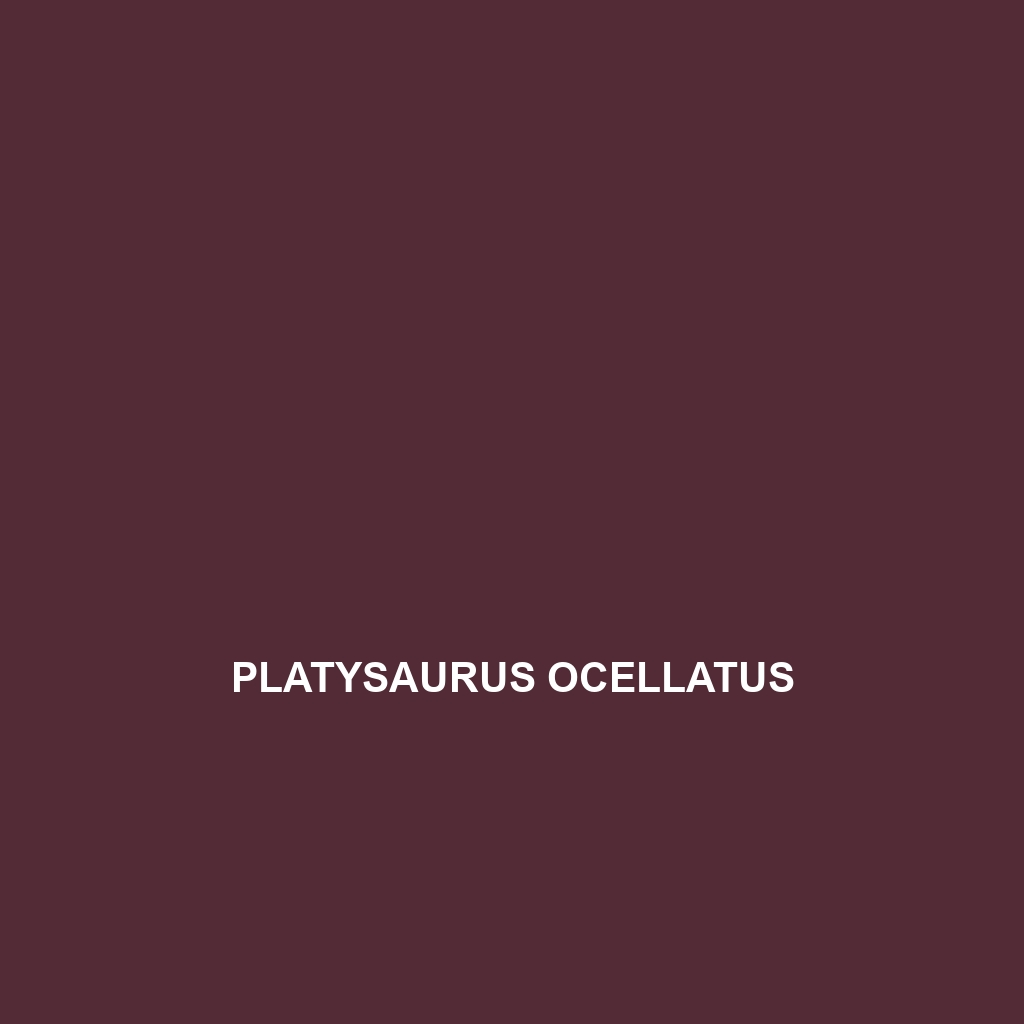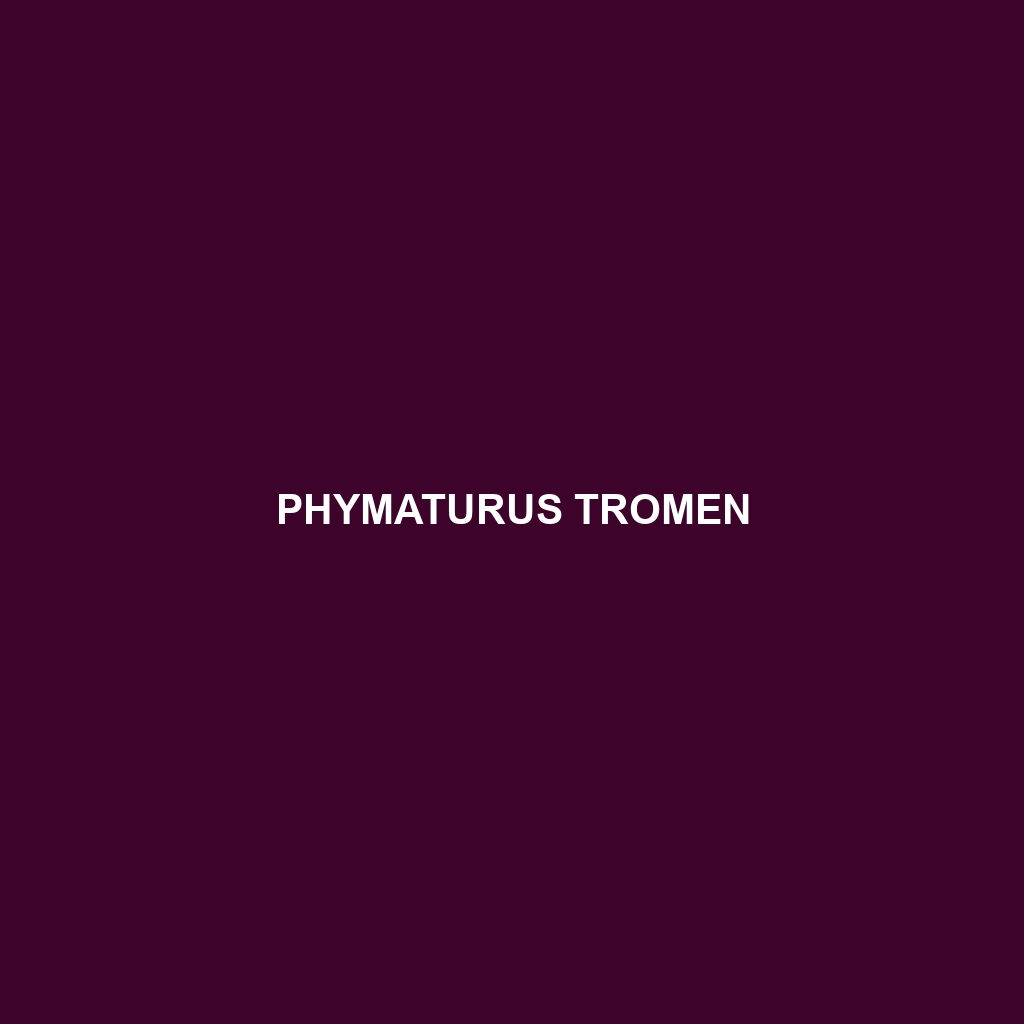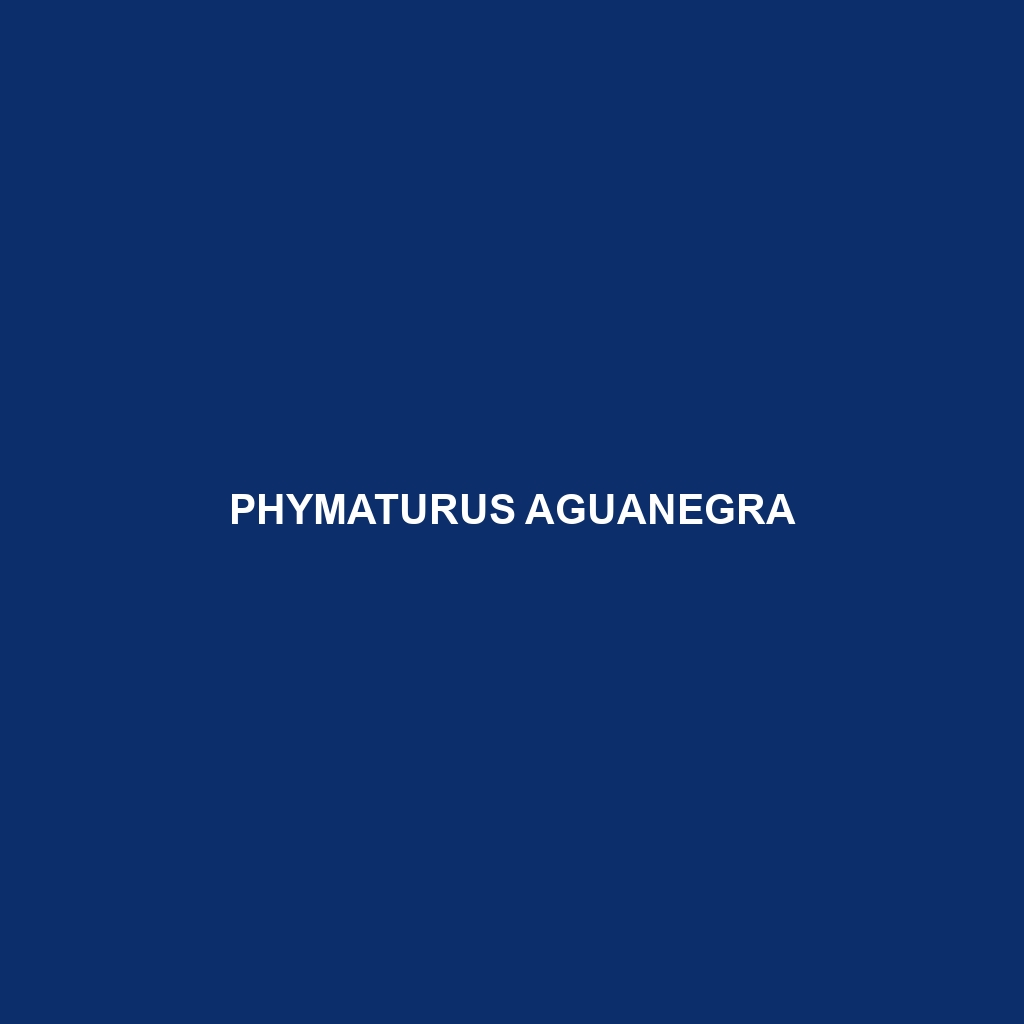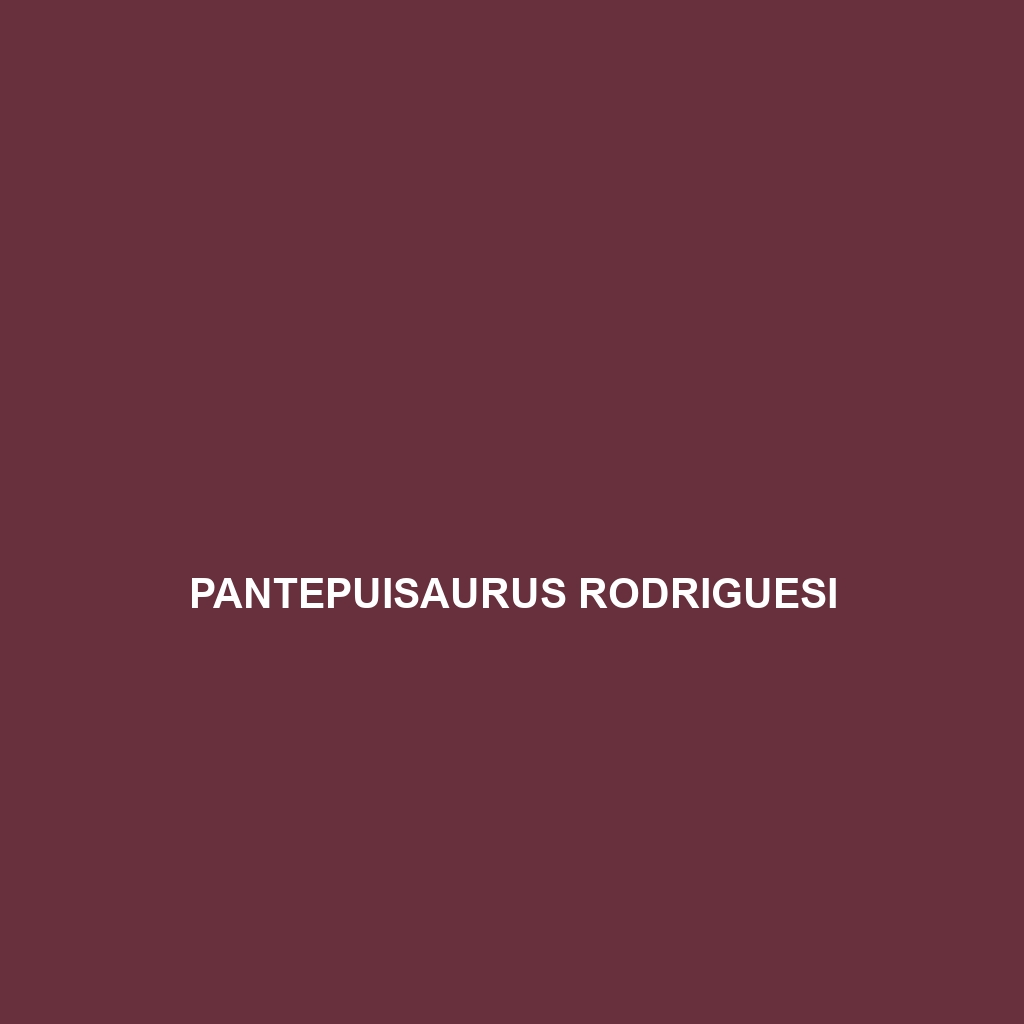<p><b>Sibon perissostichon</b>, known as the Pacific snail-eating snake, thrives in the humid rainforests of Central America, feeding primarily on land snails. With its distinctive olive green to brown coloration and specialized teeth for grasping shells, this non-venomous species plays a vital role in maintaining the ecological balance of its habitat.</p>
Tag: unique reptile species.
Pseudotrapelus aqabensis
<p><b>Pseudotrapelus aqabensis</b> is a resilient lizard native to the arid regions of the Aqaba Gulf in Jordan, characterized by its medium size (30-50 cm), sandy yellow and gray coloration, and vibrant colors during mating. This diurnal, insectivorous species plays a crucial ecological role by controlling insect populations and contributing to local biodiversity.</p>
Pseudotrapelus aqabensis
<p><b>Pseudotrapelus aqabensis</b> is a resilient lizard native to the arid regions of the Aqaba Gulf in Jordan, characterized by its medium size (30-50 cm), sandy yellow and gray coloration, and vibrant colors during mating. This diurnal, insectivorous species plays a crucial ecological role by controlling insect populations and contributing to local biodiversity.</p>
Platysaurus ocellatus
The Ocelated Flat Lizard (Platysaurus ocellatus) is a vibrant, insectivorous reptile native to Southern Africa, typically found in rocky grasslands and savannas. With striking blue and green coloration in males and a flattened body for camouflage, this diurnal species plays a crucial role in its ecosystem by regulating insect populations and serving as prey for larger predators.
Phymaturus tromen
<b>Phymaturus tromen</b>, known as the Tromen lizard, is a Vulnerable species native to the temperate forests and rocky shrublands of Patagonia, Argentina. This robust lizard, measuring 15-25 cm in length, features olive green to brown dorsal coloration for excellent camouflage and plays a vital ecological role by controlling insect populations and providing prey for larger predators.
Phymaturus aguanegra
<b>Phymaturus aguanegra</b>, a medium-sized lizard native to the temperate forests and rocky outcrops of Patagonia, showcases a robust body with deep gray or black coloration, aiding its camouflage in harsh, arid climates. This insectivorous species is primarily diurnal, exhibiting distinctive territorial behaviors during mating season, while facing threats from habitat loss, leading to its vulnerable conservation status.
Phelsuma malamakibo
<p><b>Phelsuma malamakibo</b>, also known as the Malamakibo day gecko, is a vibrant omnivorous lizard native to Madagascar, characterized by its brilliant green skin with blue or yellow spots and large red eyes. This species thrives in varied habitats, primarily rainforests and temperate forests, and plays a crucial role in its ecosystem by controlling insect populations and aiding in pollination.</p>
Paroedura kloki
<b>Paroedura kloki</b>, a vulnerable species native to the lush rainforests and savannas of Madagascar, is renowned for its distinctive coloration, robust body shape, and nocturnal behavior. This insectivorous reptile plays a crucial role in controlling insect populations and exhibits unique adaptation traits, such as camouflage and vocalizations during mating season.
Pantepuisaurus rodriguesi
Discover the vibrant Pantepuisaurus rodriguesi, a medium-sized, tree-dwelling reptile native to the tropical rainforests of Rodrigues Island, characterized by its striking green skin with orange markings and nocturnal behavior as an insectivore. This vulnerable species plays a critical role in its ecosystem, regulating insect populations while adapting to its lush habitat's challenges.
Pachydactylus scherzi
Discover the Pachydactylus scherzi, a medium-sized lizard native to Southern Africa's savannas and scrublands, known for its distinctive pale-brown coloration and "thick fingers" adapted for climbing. This nocturnal insectivore plays a vital role in its ecosystem, controlling insect populations and providing a food source for larger predators.









